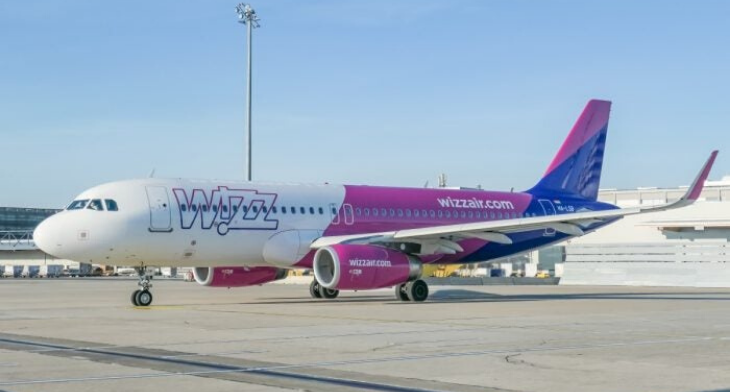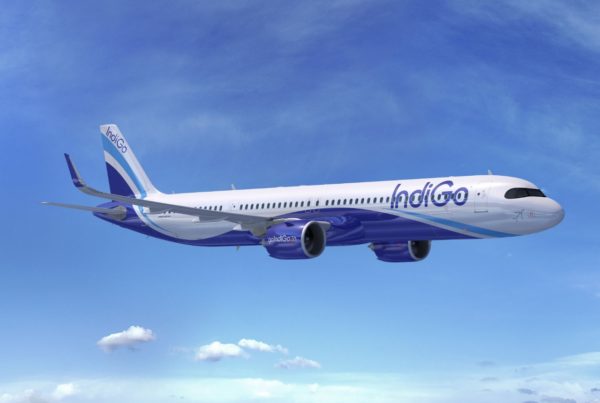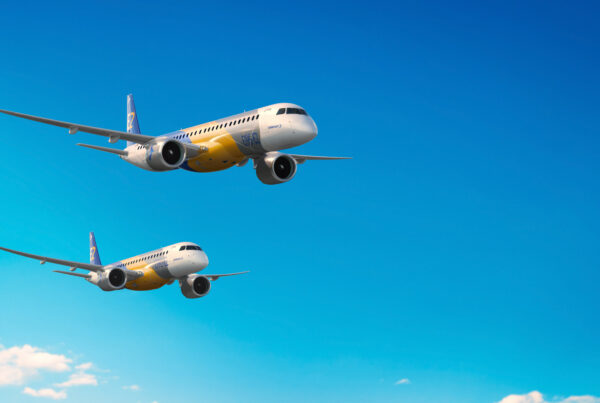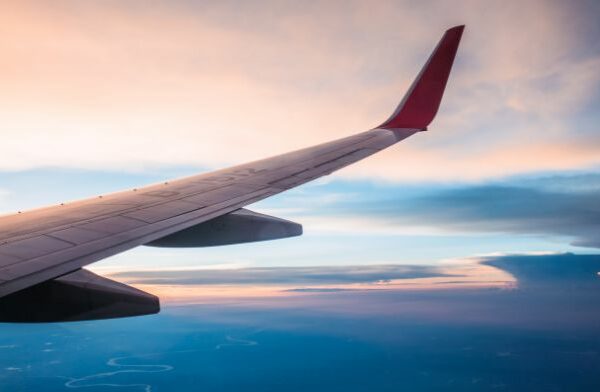Hungarian low-fare carrier Wizz Air is working hard to minimise the issues caused by the Pratt & Whitney GTF engines with a range of ‘self-help’ measures.
After Pratt & Whitney’s parent company RTX disclosed that further issues on its GTF engines would mean grounding 350 aircraft up to 2026, the carrier said it estimated a potential 10% capacity reduction in H2 2024 due to engine issues and increased engine removals on its A320neo aircraft.
Speaking to LARA at this year’s World Aviation Festival, Wizz Air President Robert Carey disclosed what these ‘measures’ entailed in its efforts to mitigate any further groundings and combat the upcoming fleet reduction.
Avoiding the need to deal with lessors for now, Wizz Air has extended the life of nine of its A320ceos that had come to the end of their lease.
Carey explained: “We know the planes [the A320ceos]. They’re in our configuration. So we’re trying to put more intense flying on the ceos.”
The carrier is also swapping its flying patterns and reducing thrust take-off and longer take-off distances to help reduce strain on the engines.
So far, it has reduced the fleet by five A320neo aircraft across the winter, with more to come in Q4.
Having dealt with significant passenger delays and cancellations over the summer, Wizz Air is now also focusing on dealing with its major delays of around three-plus hours by next summer.
Yet, amongst news of AOGs and lengthy passenger delays, Carey noted a potential bright spot that could come from the upcoming grounding of some of its A320neo fleet.
Likening the airline’s efforts to address these disruptions whilst operating a busy summer season to “fixing the plane whilst it’s in the air”, the upcoming AOGs and 10% reduction in the fleet could – according to Carey – have the potential to give the carrier some breathing room.
“If we have less aircraft potentially next summer, if it slows down a bit, it’ll just give us more time to absorb the growth and put the systems in place,” he said. “Taxiing instead of flying.”
“Obviously, we’ll still have disruption to deal with [with AOGs]. But we’ll have the systems in place to do so.”
These systems, which the carrier made a start on last year, include altering its operational schedule, boosting training and improving its claims handling procedures.
The carrier added more ground service staff at airports, added buffers to the end of crew time, and enforced a 60% reduction in W patterns to minimise route complexity.
“We’ve worked across the chain and still have improvements to put in for next time,” Carey said. “We’ve still got room to go.”










